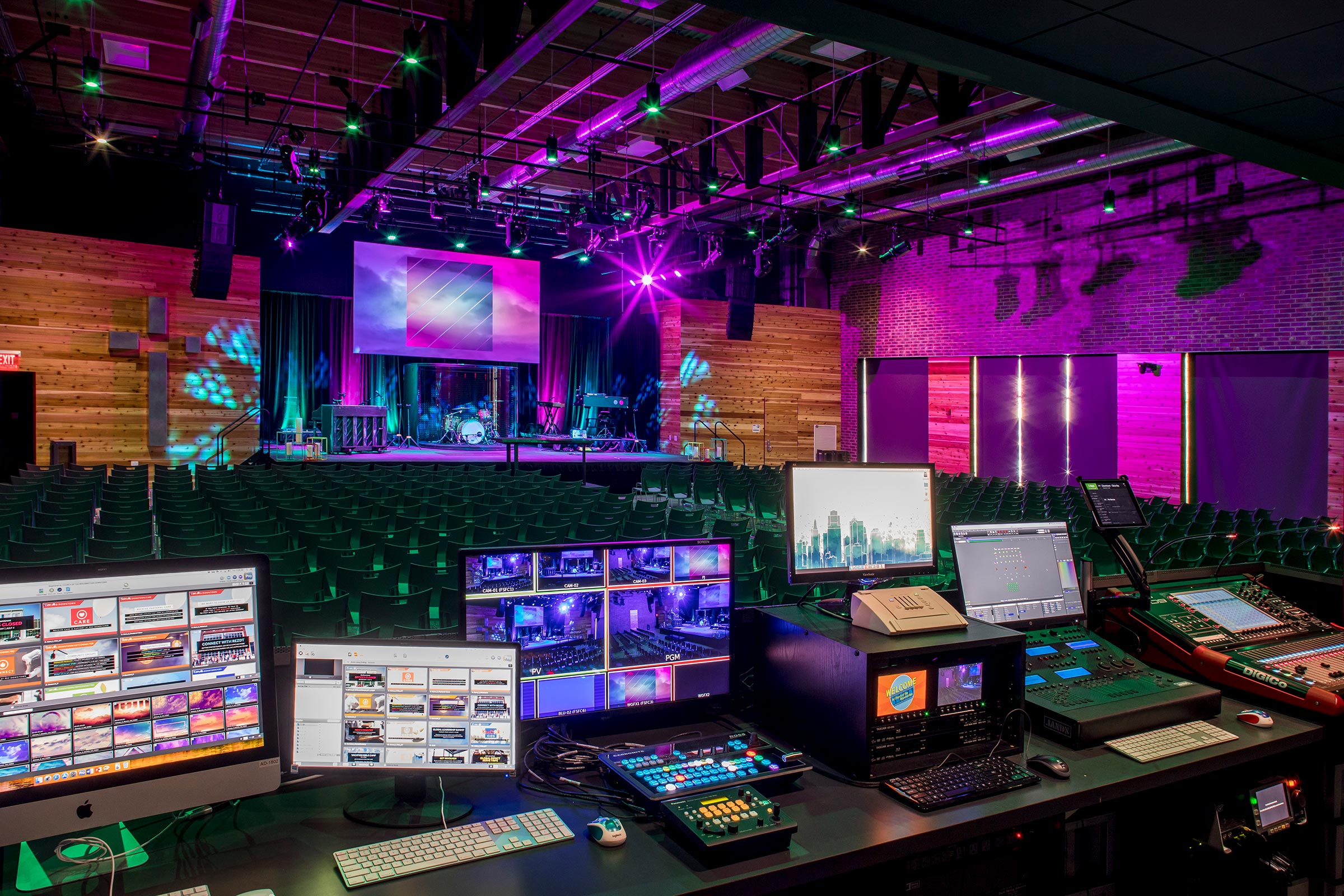Transforming Spectator Engagement Through Engaging VR Experiences within Live Performances
Transforming Spectator Engagement Through Engaging VR Experiences within Live Performances
Blog Article
Within the past times, virtual reality has emerged as powerful tool for enhancing audience engagement in real-time performances. Such innovation allows viewers to immerse themselves in a 3D setting, crafting a distinct encounter that traditional formats cannot easily replicate. By using VR, producers can transport audiences into the core of the action, causing them sense as if they are integral of the show. This groundbreaking method not just enchants audiences but also unlocks new opportunities for narrative and interaction.
A of the key benefits of using VR in live productions is the ability to create a more engaging experience. Audiences can engage with the performance in the moment, shaping the result or exploring different perspectives. For instance, in a stage show, audiences using VR goggles can select to pursue particular roles or segments, enabling them to customize their encounter. This degree of engagement cultivates a more profound bond between the audience and the show, making it even unforgettable and significant.
Additionally, VR tools can enhance the visual and sound elements of a live production. With top-notch visuals and sound design, producers can create stunning environments that attract viewers in. This engaging characteristic can raise the complete encounter, making it more engaging and enjoyable. For example, a concert can Read Full Article be converted into a multi-sensory encounter, where audience members experience as if they are standing stage with the performers. Such enhancements not only draw bigger viewers but also promote return viewing, as viewers seek to relive the excitement.
In addition improving audience engagement, VR can also provide valuable insights for creators. Through examining how audiences engage with the digital setting, creators can collect information on viewer likes and actions. This data can guide upcoming performances, assisting to customize material to better meet the needs and desires of the viewers. As a result, VR not only enriches the current experience but also adds to the development of real-time productions as a whole.
As the technology continues to evolve, the possibilities for VR in real-time performances is immense. From theater and musical events to athletic events and festivals, the possibilities are limitless. Through adopting this innovative approach, producers can transform the way viewers engage with real-time entertainment. With an increasing number of producers explore the integration of VR, it is probable that we will see a shift in how performances are crafted and presented, eventually leading to a more engaging and participatory prospect for real-time productions.